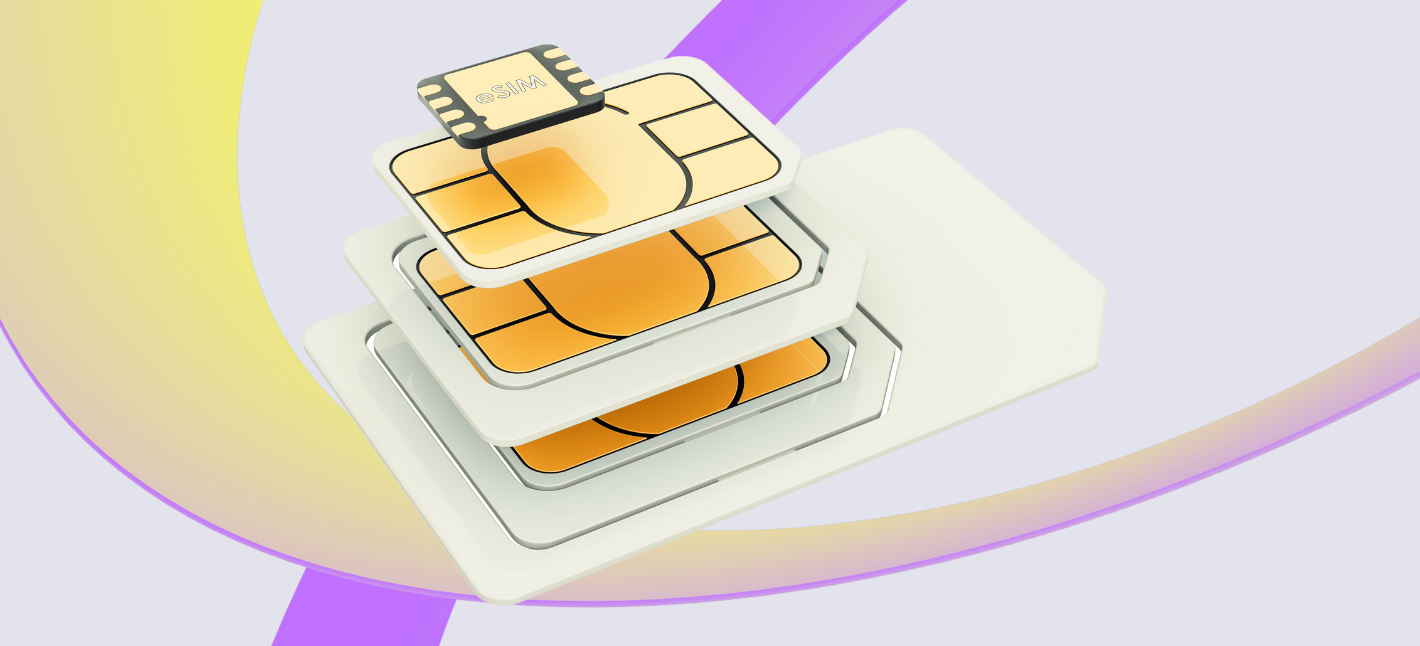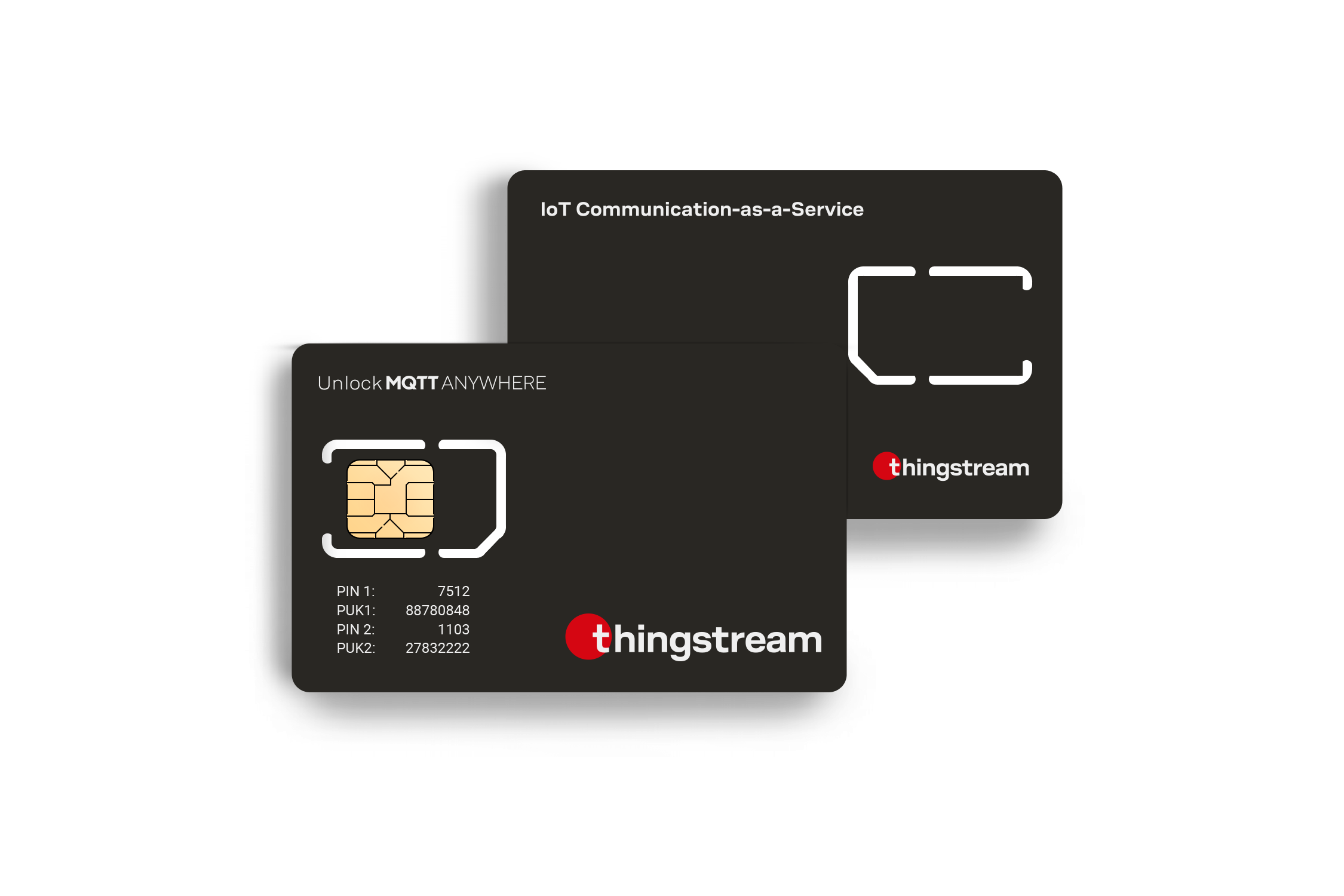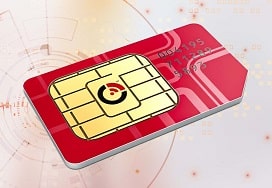IoT Connectivity Provider Types of IoT Connectivity Explained
IoT Connectivity Managing IoT Connectivity Effectively

The rapid evolution of the Internet of Things (IoT) has led to an increased concentrate on connectivity options for gadgets, allowing them to speak and relay information successfully. As businesses and industries incorporate IoT options to enhance efficiency and increase processes, understanding the differences between cellular and non-cellular IoT connectivity becomes important.
Cellular connectivity utilizes present mobile networks to connect gadgets, allowing for knowledge transmission over extensive geographical areas. This technology is well-established, supported by many years of infrastructure growth, and has the advantage of providing customers robust protection and dependable communication. Devices geared up with cellular know-how can tap into the 2G, 3G, 4G, and the rising 5G networks, providing high-speed knowledge switch capabilities.
Non-cellular IoT connectivity provides various communication strategies that do not depend on mobile networks. These options can embrace Wi-Fi, Bluetooth, Zigbee, LoRaWAN, and different specialised protocols designed for specific use instances. This class usually targets short-range applications, similar to house automation or localized sensor networks, the place broad cellular protection is probably not essential.
IoT Network Connectivity Connection Types and IoT Devices Overview
The alternative between cellular and non-cellular connectivity primarily hinges on the specific requirements of the appliance. For example, cellular networks are often most popular for belongings that are cell, roaming between completely different geographic areas, or require real-time information communication. This makes cellular connectivity perfect for functions similar to vehicle monitoring and smart transportation methods, where units regularly transition between totally different community zones.
In distinction, non-cellular connectivity tends to be favored in environments the place gadgets exist stationary and communication doesn't require intensive protection. For instance, within a smart building, a number of IoT sensors can talk over Wi-Fi or Zigbee, effectively sending information on energy utilization, occupancy, or environmental circumstances without having the expansive reach of cellular networks.
M2M IoT Connectivity What Does IoT Connectivity Look Like?
Another pivotal consideration is cost. Cellular connectivity can entail higher prices for knowledge plans, especially for high-data-use functions. Depending on the quantity of data transmitted, organizations must consider the long-term prices coherently. Conversely, non-cellular solutions often contain lower operating expenses since many units can communicate over non-public networks without incurring month-to-month charges.
In terms of energy consumption, non-cellular technologies regularly stand out. Many low-power protocols, such as LoRaWAN, have been particularly designed to minimize energy usage, extending the battery life of linked units considerably. This is significant for applications such as environmental monitoring or agricultural sensors, the place maintenance must be rare.
IoT Connectivity Market Ultimate Guide to Cellular IoT Networks
Security is another essential factor influencing the choice of connectivity kind. Cellular networks benefit from established safety protocols and encryption strategies, which can scale back vulnerability to assaults. Non-cellular solutions, whereas providing flexibility and lower costs, can current extra varied security challenges, requiring cautious implementation of encryption and safety measures to guard person data and system integrity.
Latency is a important side impacting performance in IoT purposes. Cellular networks, particularly with the advancements seen in 5G, present low-latency communication ideal for real-time purposes. This is paramount for sectors corresponding to telemedicine or autonomous vehicles, where delays in knowledge transmission may end up in severe penalties. Non-cellular technologies can introduce larger latency, making them much less appropriate for duties demanding real-time interaction.

The scalability of IoT methods also reflects the differences between the two forms of connectivity. Cellular networks already accommodate tens of millions of units, because they are constructed with a broad consumer base in mind. This makes them a gorgeous choice for large-scale deployments requiring widespread coverage. Non-cellular solutions, notably those operating on native networks, can face hurdles regarding scalability, particularly when numerous gadgets should be coordinated.
Environmental circumstances and bodily obstacles can heavily affect the effectiveness of connectivity choices. Cellular alerts can penetrate buildings and transmit over longer distances, making them versatile in varied settings. Conversely, non-cellular technologies, while potentially restricted in range, can make the most of mesh networking capabilities, allowing gadgets to relay information by way of one another, extending the efficient communication area - IoT Connectivity Pricing.
IoT Connectivity Security Simplifying Global IoT Connectivity with eSIM
In sensible phrases, many fashionable IoT methods undertake a hybrid method, using each cellular and non-cellular connectivity relying on particular necessities. Such a method permits customers to benefit from the strengths of each systems whereas mitigating their weaknesses. For example, a smart city may deploy cellular sensors for traffic administration whereas utilizing Wi-Fi for native environmental monitoring stations.
The way ahead for IoT connectivity rests in improved technologies that can proceed to bridge the hole between cellular and non-cellular choices. Advancements in edge computing might permit units to process data locally, decreasing the necessity for fixed connectivity. Increased collaboration between different sorts of networks, such as integrating cellular backhaul with native space networking, can lead to innovative solutions for varied industries.

Ultimately, deciding between cellular and non-cellular IoT connectivity necessitates a complete analysis of the specific use case. Factors like protection, price, power consumption, latency, and safety must all be weighed to decide out an applicable connectivity solution.
The evolution of IoT signifies an exciting future, the place the integration of cellular and non-cellular technologies can create a extra linked world. As industries continue to innovate while integrating IoT methods, the flexibility and adaptableness offered by a mixture of those connectivity choices will pave the way for extra efficient and responsive options.
Long Range IoT Connectivity SIM Card Solutions for IoT Connectivity
Through understanding the distinctions between cellular and non-cellular IoT connectivity, stakeholders can strategically deploy solutions that meet their particular wants, markedly improving the efficacy of IoT purposes in real-world contexts.
- Cellular IoT connectivity makes use of established cell networks for seamless information transmission, providing widespread protection and reliability.
- Non-cellular IoT, such as LoRaWAN or Sigfox, usually operates on low-power radio frequencies, making it perfect for rural or hard-to-reach areas the place cellular services might be limited.
- Cellular networks support high bandwidth purposes, enabling real-time knowledge switch, which is essential for sectors like telemedicine or autonomous autos.
- Non-cellular options usually devour less power, allowing devices to have longer battery life, which is advantageous in environments where frequent maintenance is impractical.
- Cellular IoT gadgets could require a subscription-based information plan, resulting in larger ongoing prices compared to non-cellular techniques that could be inexpensive to operate.
- Non-cellular IoT technologies typically provide higher scalability for large-scale deployments, as they will connect hundreds of units with out overwhelming a single network node.
- Cellular connections tend to offer extra sturdy safety protocols, crucial in industries requiring stringent knowledge protection measures, similar to finance or healthcare.
- The latency in non-cellular networks could also be higher, making them much less appropriate for purposes where timely information processing is crucial, similar to industrial automation.
- Geographic availability can limit non-cellular IoT deployment in city areas, whereas cellular infrastructure is often more developed and accessible.
- Non-cellular options could introduce complexities in system integration and management, while cellular technologies profit from a more homogenized ecosystem supported by major telecom suppliers.undefinedWhat is the primary difference between cellular and non-cellular IoT connectivity?
Cellular IoT connectivity makes use of cellular networks (like 4G and 5G) for communication, while non-cellular choices depend on alternative strategies similar to Wi-Fi, LoRaWAN, or satellite. The alternative affects coverage, energy consumption, and knowledge transmission capabilities.
Connectivity Management Platform IoT Managed Platform for IoT Connectivity
How does protection differ between cellular and non-cellular IoT options?
Cellular IoT has extensive protection, particularly in city areas, benefiting from established mobile networks. Non-cellular choices may have restricted range relying on the expertise; for example, Wi-Fi protection is confined to the range of a router, whereas satellite tv for pc can offer international attain.
What are the costs related to cellular versus Source non-cellular IoT connectivity?
Long Range IoT Connectivity What Does IoT Connectivity Look Like?
Cellular IoT usually incurs monthly data charges tied to a cell plan. Non-cellular options might have lower ongoing prices additional hints however could require more vital upfront investments in hardware or infrastructure, affecting the general budget depending on the appliance.
Which possibility presents better power efficiency for IoT devices?
Non-cellular IoT connections, corresponding to LoRaWAN, are typically more power-efficient, allowing units to function for prolonged intervals on battery (IoT Global Connectivity). Cellular IoT may consume extra energy, particularly during excessive information transmissions, but newer technologies like NB-IoT aim to improve effectivity.
What kinds of purposes are best suited for every connectivity type?
IoT Connectivity Products Best IoT Connectivity Management Software
Cellular IoT is right for applications requiring mobility or intensive geographic coverage, like fleet tracking. Non-cellular solutions excel in situations the place low knowledge transmission and low power consumption are priorities, corresponding to smart agriculture or remote sensors.
How safe are cellular and non-cellular IoT connections?
Cellular networks typically have built-in security measures, together with encryption and authentication, benefiting from regulatory oversight. Non-cellular connections can differ in safety based mostly on the specific expertise used, necessitating careful consideration for important purposes.
Industrial IoT Connectivity What Does IoT Connectivity Look Like?
What are the latency variations between cellular and non-cellular IoT connectivity?
Cellular IoT sometimes presents lower latency, making it suitable for real-time functions. Non-cellular options may expertise higher latency, especially in networks that depend on longer-distance transmissions or less optimized protocols.
Can I change from cellular to non-cellular connections in an present IoT application?
IoT Connectivity Security Platforms for IoT Connectivity Management
Switching is feasible however requires careful assessment of the appliance's wants. Strategies should be developed to handle variations in protection, power, data rates, and general architecture to ensure the IoT answer stays efficient - IoT Connectivity Platform.
What elements should I consider when selecting between cellular and non-cellular IoT connectivity?

Consider coverage area, information requirements, power constraints, system mobility, safety needs, and price range. Each utility's distinctive requirements will help decide essentially the most suitable connectivity answer for optimum efficiency.